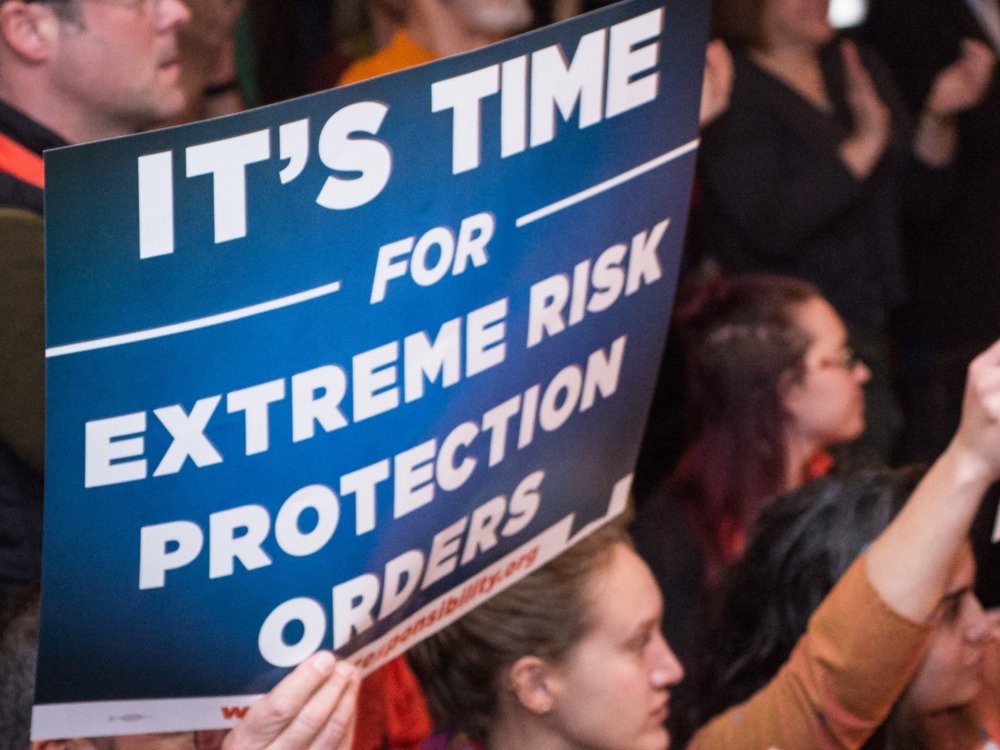By W. Bradford Wilcox | Rafael A. Mangual | Seth Cannon | Joseph E. Price
The debate about how best to respond to urban crime—a debate that has become more important in light of recent increases in violent crime and homicide in many cities across America—has tended to focus on two perspectives. The first prioritizes tackling the “social structural factors” (unemployment, economic inequality, poverty, etc.) that are thought to be the “root causes” of crime, and violent crime, in particular. A second perspective rejects this structural approach in favor of a strategy that relies on traditional law-enforcement institutions (namely, police, prosecutors, and jails/prisons), often citing the sharp violent crime declines of the 1990s and 2000s that occurred in the wake of new policing and prosecutorial approaches—even in the face of structural realities said to be at the root of the urban crime problem.
But a third perspective seeks to understand how the fragile state of core social institutions—schools, churches, youth sports leagues, and, above all, families—in too many of our cities may also have a hand in urban crime. Princeton sociologist Patrick Sharkey, for instance, has argued that nonprofits “focused on reducing violence and building stronger communities” are linked to lower rates of violent crime in cities across the country. In a new Institute for Family Studies report, we turn our attention to the core institution of family. Drawing on the work of scholars like Harvard sociologist Robert Sampson—who found that “(f)amily structure is one of the strongest, if not the strongest, predictors of … urban violence across cities in the United States”—we explore the relationship between family structure and urban crime in the 21st century. Specifically, we address this question: How is family structure associated with crime, violent crime, and homicide rates in American cities—and with these outcomes in Chicago neighborhoods?
We find that cities are safer when two-parent families are dominant and more crime-ridden when family instability is common. The same story applies to the neighborhoods of Chicago. More specifically, we find the total crime rate is about 48% higher in cities that have above the median share of single-parent families, compared to cities that have fewer single-parent families. That difference is even larger with respect to violent crime and homicide, specifically, with cities above the median level of single parenthood experiencing 118% higher rates of violent crime and 255% higher rates of homicide. In the Windy City, relying on an analysis of census tract level data, our research indicates that neighborhoods above the median fraction of single-parent-headed households experienced 137% higher total crime rates, 226% higher violent crime rates, and 436% higher homicide rates.
When controlling for additional factors such as racial composition, poverty rates, and educational attainment levels, we find that the association between family structure and total crime rates, as well as violent crime rates, in cities across the United States remains statistically significant. However, the association between family structure and homicide in cities does not. In Chicago, the links between family structure and both violent crime and homicide rates at the neighborhood level were significant, net of controls, but not the total crime rate. In addition to the question of whether there exists a statistical relationship between family structure and crime—a question we generally answer in the affirmative—this study also offers possible answers to the question of what might explain the relationships between family instability and crime.
Drawing on an interdisciplinary body of social science research, we theorize that this relationship is likely a byproduct of some mix of the heightened risk of family instability in the socialization of young children and the role that father absence plays in providing less guidance and oversight for adolescent and young adult males.
Particularly in light of the pre-existing literature on the role of family structure in various life outcomes, these findings may have important implications for policymakers. They suggest the need to encourage more young Americans—particularly those living in vulnerable neighborhoods with both high rates of violence and out-of-wedlock childbearing—toward forming strong and stable families in marriage.
Washington, DC: Institute for Family Studies, 2023. 21p.
























